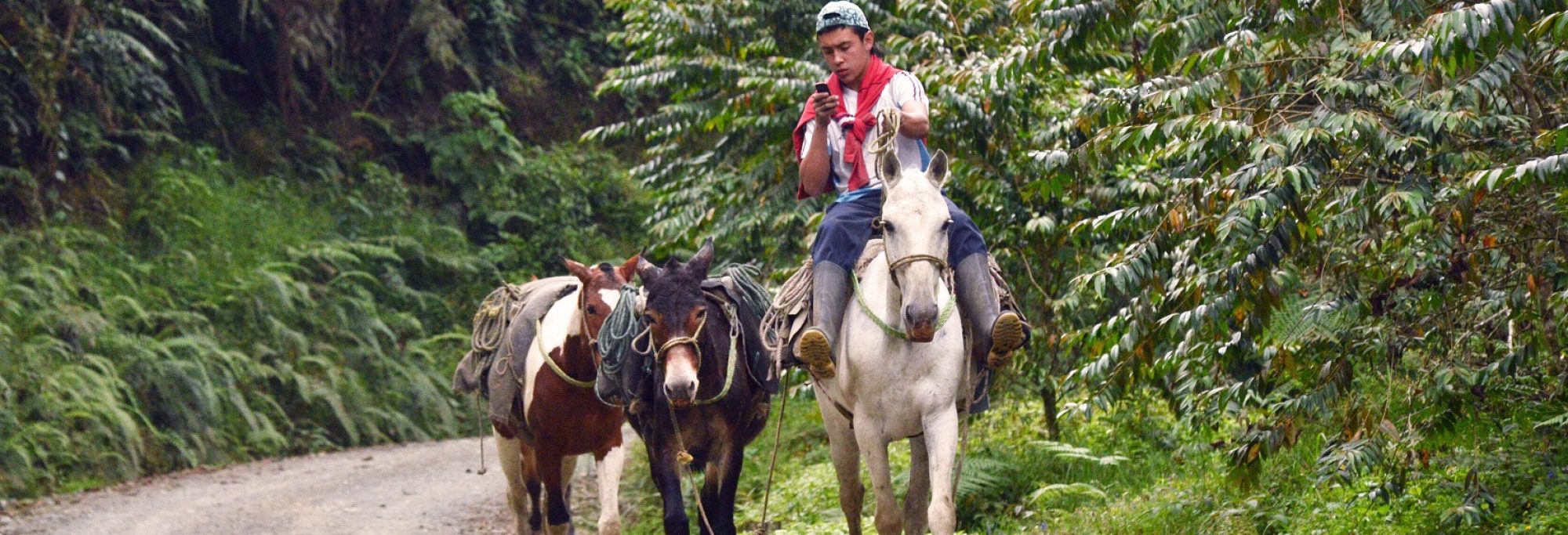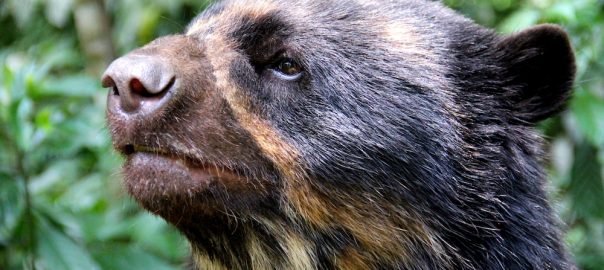Category: Venezuela
The smell of Alzheimer’s
Venezuelan research suggests that the olfactory mucosa could be a resource for biomarkers of Alzheimer’s disease in the earliest stages of the disease Continue reading The smell of Alzheimer’s
New ‘Game of Thrones’ slug found in Brazil, the ‘sponge effect’ of Latin America’s tropical forests, and Peru’s scientific cruise sails for Antarctica.
BRAZIL Brazilian scientists have discovered a slug that lives on the northwest coast of the country which they dubbed Tritonia khaleesi in honor of the character from the renowned television series “Game of Thrones.” The slug can grow up to 12 mm long and has a white stripe along the body that resembles the braid … Continue reading New ‘Game of Thrones’ slug found in Brazil, the ‘sponge effect’ of Latin America’s tropical forests, and Peru’s scientific cruise sails for Antarctica.
Engineering technology for health in Mexico, developing new food flours in the Dominican Republic, and biodiversity in Costa Rica
ANTARCTICA Brazil will rebuild the scientific base that burned down last year on King George Island in Antarctica. It will cover 4,500 square meters and include 17 laboratories for 64 people. ARGENTINA Researchers at the National University of Salta have developed low-cost solar water heaters for use by indigenous communities in the region. In addition, … Continue reading Engineering technology for health in Mexico, developing new food flours in the Dominican Republic, and biodiversity in Costa Rica
Fighting dengue in Paraguay, climate change in the Brazilian Amazon, and ancient microorganisms in Antarctica.
ANTARCTICA
A team of scientists has determined that a major cause of melting corresponds to the bottom of submerging ice shelves.
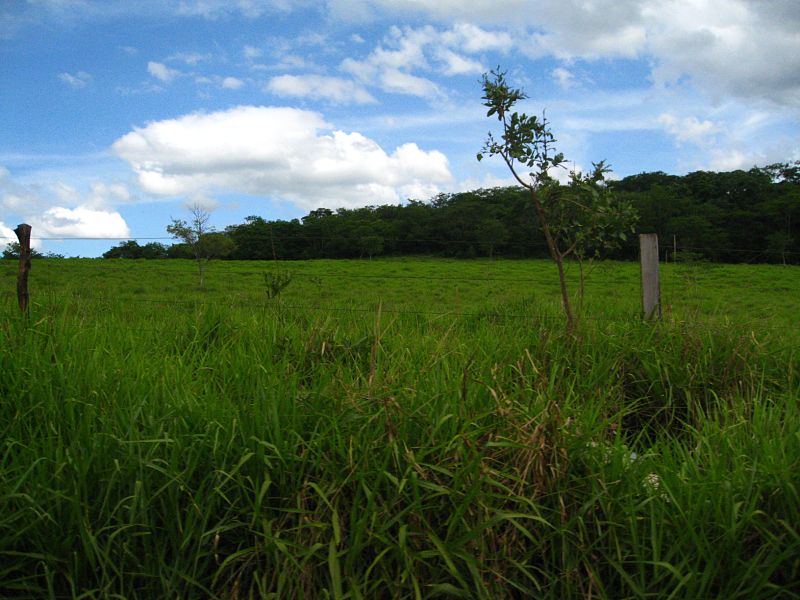
Researchers drilling to the bottom of Lake Hodgson of Antarctica have found microorganisms that date back 100,000 years. DNA studies will soon determine whether these findings are an unknown species.
ARGENTINA
A University of Mendoza study has demonstrated the neuroprotective effects of progesterone and their possible application as treatment for Parkinson’s disease. This research was commended by the Society of Biology of the Cuyo.
A team of researchers from the Universidad Nacional del Litoral has isolated bacteria from infant feces and breast milk for use in probiotics. The team’s intention is to grow up these microorganisms to commercial quantities so they can be incorporated into the daily glass of milk in low-income schools.
Secuencing the Uruguayan Tannat grape, a cold wave kills in Peru and Bolivia, and human evidence found in Bolivia dates back 10,400 years.
ARGENTINA
Scientists, patients and government entities in Argentina have reached an agreement to legislate stem cell therapies. The law “should address the scientific and therapeutic aspects of these cellular tools, always from a bioethical perspective, while guaranteeing the health protection of citizens,” stated Lino Brarañao, Argentina’s Minister of Science and Technology.
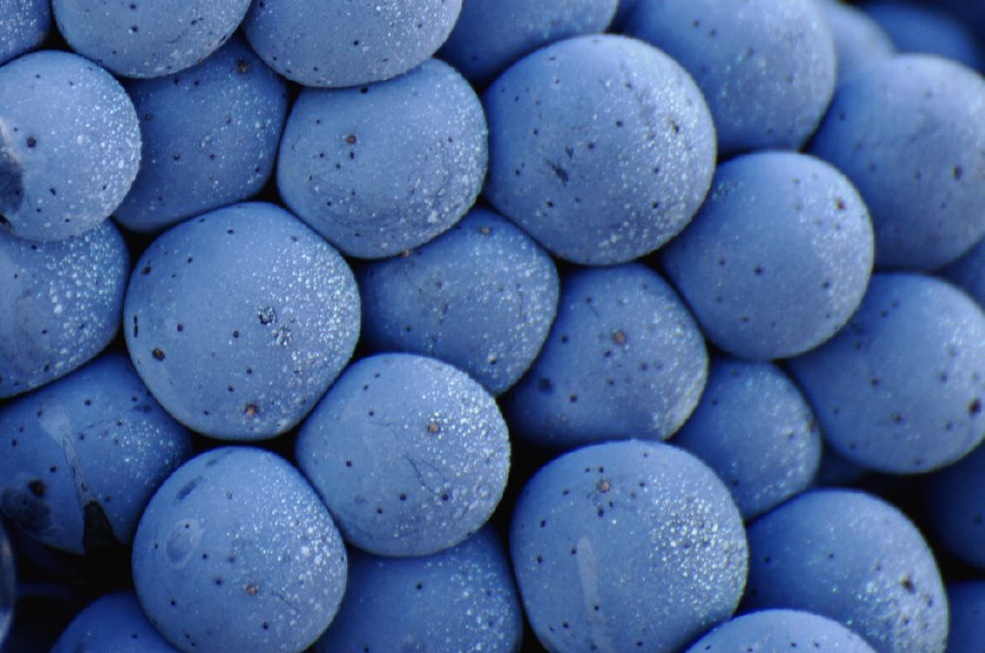
Recently, Argentina’s Ministry of Agriculture, Livestock and Fisheries passed a resolution for the evaluation of genetically modified crops like sugarcane and potatoes. This measure will allow two national institutions to progress in obtaining glyphosate tolerant sugarcase.
Argentine companies are working on breeding programs to increase protein levels in the soybean.
BOLIVIA
An international group of scientists led by Italian geographer Umberto Lombardo and Bolivian archaeologist José Capriles found in the Bolivian Amazon evidence of humans dating back 10,400 years. Their analysis concludes that hunter-gatherers settled there in the early Holocene. The work was published in the journal Plos One.
Giant African land snails are invading Latin America
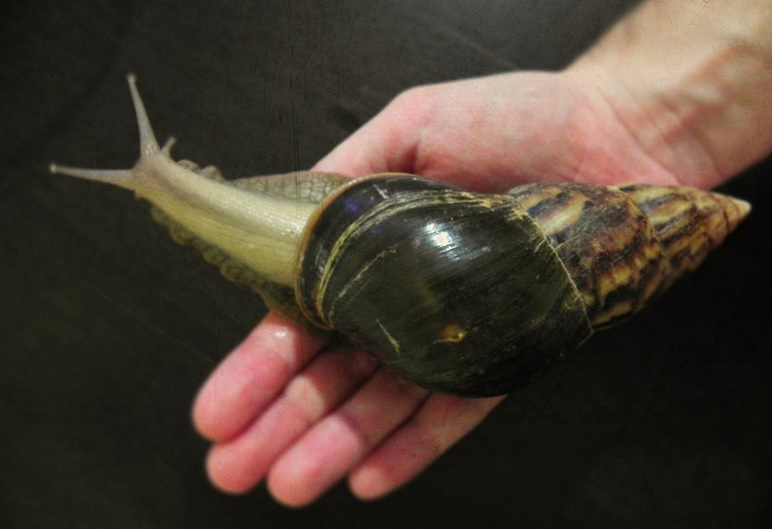 |
by Ali Hendren
In 1988 at an agribusiness expo in Curitiba in southern Brazil, giant African land snails (Achatina fulica) were heralded as a promising new food source to replace smaller escargot snails. The introduction at the fair was so widely advertised and aggressively marketed that commercial breeders, cooperatives and even private homeowners began rearing the snails–endemic to eastern Africa–immediately with kits sold at the expo.
“The snails were supposed to represent social and economic progress for Brazil,” says Roberto Vogler, an Argentine scientist who studies the snails along the border his country shares with Brazil. “They were going to position the country as the world’s leading supplier of escargot.”
But a booming escargot market in Brazil never materialized. Many of the smaller producers had neither the means to properly process the meat nor the public demand to drive a now flooded market. Frustrated with their failed investment, operations were abandoned and snails were released into the wild in overwhelming numbers.
Today, the infestation has spread throughout Latin America–and not at a snail’s pace. They’ve invaded 24 of Brazil’s 26 states, spread through Venezuela and Colombia and have breached the borders of Paraguay, Argentina, Ecuador and Peru–posing both an agricultural and a public health threat. The snails are sweeping the continent carrying parasites and an appetite for most any crop.
The snails’ pace
On paper, the introduction of A. fulica for escargot farming in Brazil appeared promising. The snails are larger Continue reading “Giant African land snails are invading Latin America”
Brain controlled robotics in Argentina, talking about bats in Costa Rica, and outsourcing science research of Bolivia’s salt flats
ANTARCTICA
The West Antarctic began to form approximately 22,000 years ago according to a study recently published in the journal Nature. They found, while analyzing a block of ice two miles deep, that a part of the white continent was formed long before the rest of the continent.

ARGENTINA
The South Atlantic, specifically the Gulf of San Jorge, will be studied jointly by Argentine and Canadian scientists, says the Ministry of Science and Technology of Argentina. The project will start in January 2014, will be done aboard the ship Coriolis II and require an investment of one million dollars.
For 10 years the Faculty of Agronomy at the UBA has been working with farmers in the municipality Daireaux, located 400 km from Buenos Aires. Through tax benefits, producers are encouraged to conserve soil and rotate crops in addition to adopting traditional farming practices in the area. The producers involved in the project have seen significant improvements in organic matter content and soil stability.
A group of scientists in Cordoba has created an innovative technology that allows people with physical disabilities to switch on the lights or lower the blinds in their homes through a system that decodes their brainwaves and transforms them into intelligible orders.
Costa Rica moves to close its zoos, coca and alcohol used in Incan human sacrifice, and Usain Bolt’s superhuman abilities.
ARGENTINA CONICET scientists have developed and field-tested potatoes resistant to Potato Virus Y (PVY), which causes losses of between 20% and 80% of the crop depending on the severity of the infection. Field tests concluded that there was no PVY infection in the genetically-modified plants, while among those not modified, the rate of infection was … Continue reading Costa Rica moves to close its zoos, coca and alcohol used in Incan human sacrifice, and Usain Bolt’s superhuman abilities.
Thursday December 20
Peru’s threatened anchovy fishery, new dinosaur found in Argentina, and Antarctica’s mosquito problem. ANTARCTICA An invasive species of mosquito (Eretmoptera murphyi) has been found in Antarctica and has some scientists worried about its effect on the continent. The mosquito, brought over by tourists and researchers alike, could deposit large amounts of nutrients in the soil … Continue reading Thursday December 20
Thursday November 8
Patagonian ozone hole affecting forest growth, melting tropical glaciers in Peru, and Venezuela’s sardine fishery collapse. ARGENTINA A hole in the ozone has changed Patagonia’s weather. Less rainfall is having an effect on the region’s forests that is unprecedented in the past 600 years. Writing in the journal Nature Geoscience, an international team of scientists … Continue reading Thursday November 8
Thursday October 18
Central American crops battling pests and drought, Argentine students overweight, and sea lions nursed back to health in Peru ARGENTINA 37% of schoolchildren in Argentina are overweight and 18% of those are obese, says a review of 57 studies done across 13 of Argentina’s provinces. The studies include around 120,000 children and were undertaken in … Continue reading Thursday October 18
Thursday July 26
Argentines are protesting a new Monsanto factory in Cordoba, Peruvians are reviving ancient farming practices and almost 5 million chickens have been slaughtered in Mexico to contain the H7N3 avian flu. ARGENTINA A cropdusting lawsuit in Córdoba, Argentina resumed this week. Two soybean farmers and a pilot stand accused of cropdusting too close to urban … Continue reading Thursday July 26
Thursday July 12
An avian flu epidemic in Mexico, the ongoing cholera outbreak in Cuba and genetically-modified mosquitos to be released in Brazil ARGENTINA Argentina is planning on building a 173 square mile wind farm in Chubut province, Patagonia. The China Development Bank Corp. has offered a $3 billion loan to Generadora Eolica Argentina del Sur (Geassa) for … Continue reading Thursday July 12
